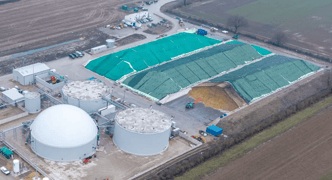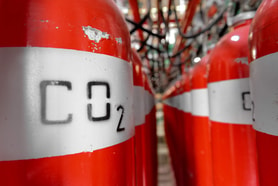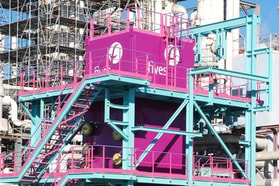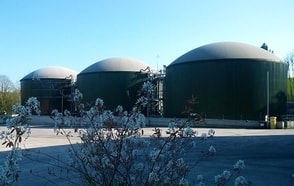Xenon – The Stranger
Xenon is now a gas in demand particularly in the increased use of plasma displays, headlights and flash bulbs.
Xenon, best known till a few years back as an inert gas filled inside incandescent lamps, is named after a Greek word, which means ‘stranger’. These days xenon, the rarest of the noble gases, is becoming increasingly familiar and is finding increased uses and usage in many fields. This colourless, heavy and odorless gas occurs in the earth’s atmosphere in trace amounts, roughly 0.087 parts per million. Although generally non reactive, it can undergo a few chemical reactions.
It is a key element in the production of plasma displays – behind every pixel on a plasma screen is a minute amount of xenon. It also generates the brightest white light of any gas, a property which makes it ideal for devices like flash bulbs and headlights.
Production
Xenon is produced commercially in an air-separation plant. It is obtained as a by-product of the separation of air into oxygen and nitrogen, the air is then liquefied and distilled. The oxygen is redistilled; the least volatile portion contains small amounts of xenon and krypton, which are adsorbed on silica gel directly from the liquid oxygen.
... to continue reading you must be subscribed









